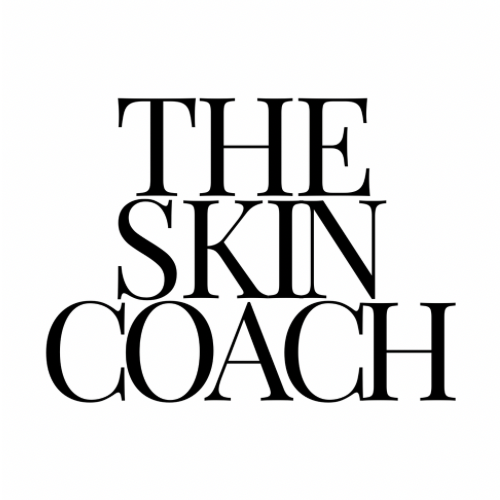Whether you're 13 or 70, it's never too late to start taking better care of your skin. We believe you should treat it according to its unique skin condition , rather than your age. We want to teach you to see what your skin needs for the day and how to take care of it as needed. When we do consultations , we do not adapt products to the 4 skin types . We don't think it gets specific enough to customize each unique person.
When you decide to prioritize your skin, it can be overwhelming. There are tons of choices as well as friends and "influencers" giving you advice, and you don't always know enough about your own skin to understand what you need.
Here are some tips on how to make the process easier and simple things you can do to create a healthy routine that will produce results.
Consult a skin therapist .
Find a trained and certified skin therapist (or a dermatologist if you need to) and get a consultation . Seeing an expert allows you to best learn and understand your skin and how to treat it the right way with the right products and treatments. Depending on needs, age, lifestyle, climate and budget, you and the expert will decide on a treatment plan. It is important that the expert helps you with a home routine and advises on which ingredients and products are best for your skin.
Book an appointment for counseling via video call with us.
Cleanse the skin.
Cleansing is the first step in a proper skin care routine . It is used to remove makeup, dead skin cells, oil, dirt and other impurities from the skin. It helps keep the pores clean and prevent skin conditions such as acne . Cleaning ensures that everything is washed away at the end of the day.

Learn how to massage your face.
Facial massage speeds up circulation and brings more oxygen to the tissue, resulting in smoother, healthier skin. It can also change the shape of the face, lift the eyebrows, jawline and emphasize the cheekbones. Massage also releases tension in the face, such as the chewing muscle & between the eyebrows. It also helps the body flush out toxins and accumulations from the face by stimulating lymphatic drainage.
Massage your face with your cleanser for 2-5 minutes daily and experience the effect for yourself! Click here for a link to massage techniques.
Exfoliate
The skin naturally renews itself every 28 days, creating new, healthy skin cells to the surface. As we age, this process slows down, and as dead skin cells begin to accumulate, your skin begins to look dull, dull and dry. Exfoliation helps remove dead skin cells by breaking the bonds that glue them together, allowing new cells to surface and giving your daily glow an instant boost. Exfoliation also removes any dirt and debris deep in your pores that your cleanse may have missed. Clearing out pores daily helps minimize their appearance and makes you less prone to breakouts.

Moisturize
Give the skin moisture and nourishment in the form of serum & cream . Serum has smaller molecules & thus reaches deeper into the skin to work on special needs. They can work on many different moisture, pigmentation, skin tone, scars , sensitivity, etc.. The cream is applied on top to envelop and add a protection of lipids . They can be lighter or richer in consistency depending on your sebum production. The lower sebum production , the more nutrition and lipids (fat) the skin needs to be satisfied. Change these products seasonally. Use lighter gels in summer and richer creams in winter. Think of it as changing your wardrobe according to the weather.

Protect with SPF
Using sunscreen is one of the best – and easiest – ways to protect your skin's appearance and health at any age. If you use this regularly, it helps prevent sunburn, skin cancer and premature aging. Sun protection factor represents a sunscreen's ability to protect against a specific portion of ultraviolet (UV) light called UVB. UVB rays are responsible for sunburn and skin cancer. There are two other parts of UV light: UVC rays (which do not pass through the Earth's atmosphere) and UVA rays (which are also responsible for skin cancer and skin aging). A broad-spectrum sunscreen protects against both UVB and UVA rays.

